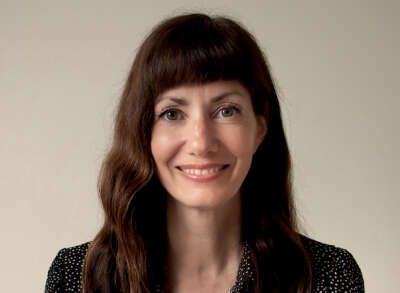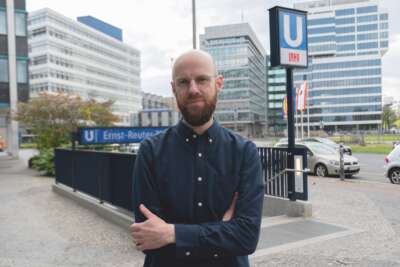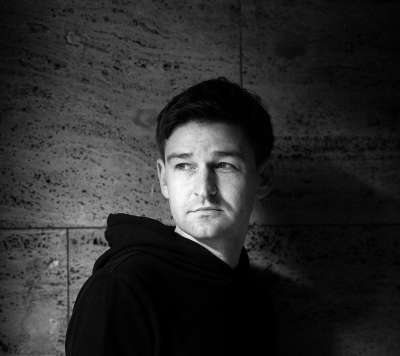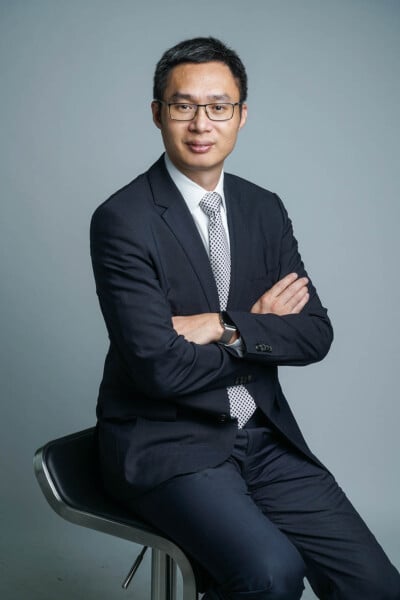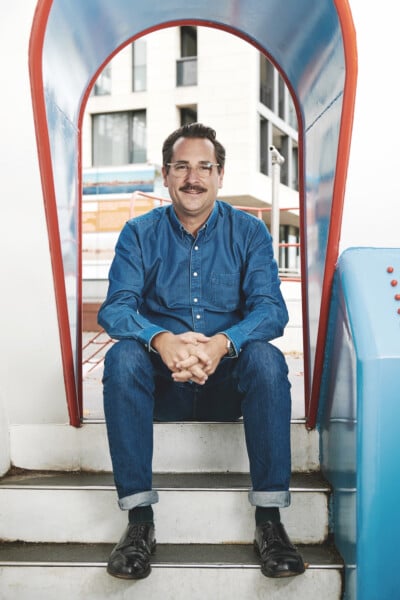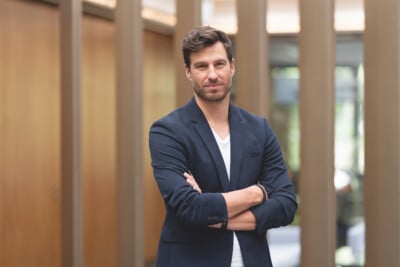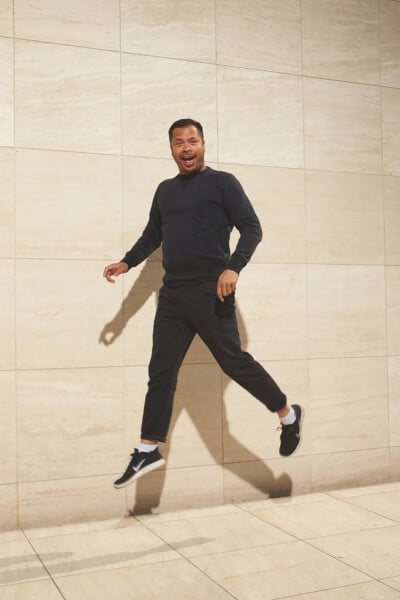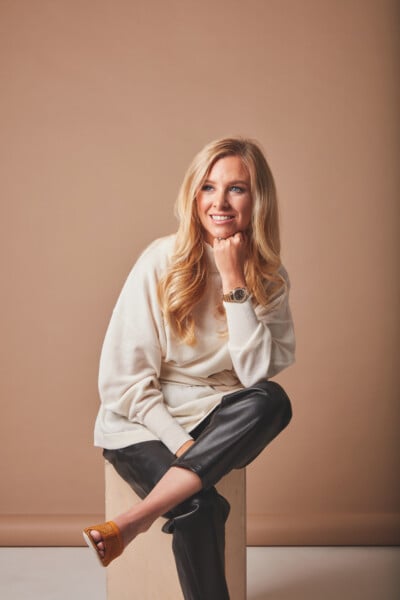Visual Live Experience

- A virtual environment (right) appears upon the neutral (left) stage. AR visualization for Volkswagen
- Capture Media

In the field of visual live experiences, Capture Media is well underway internationally, with their credits including interactive trade fair stands for Volkswagen and AR applications for Lexus. A few months ago, for another major German premium car brand, the company added to this with a virtual product press conference. Managing Director Fabian Dittmann discusses the new format.
You’ve been producing the digital world premiere for a new compact-class model for a leading German carmaker. Tell us about the setup.
The client and lead agency expressed the wish to have a digital world premiere – without guests on site, and with a purely digital online demonstration. Of course, such a setup requires good planning, especially since the lead time was less than six weeks. We were entrusted with the task of developing the concept and implementing the specifications in such a way that the live speaker could be visually supported with a virtual setup. Because of the virtual element, the setup of the physical studio could be minimal with as little construction as possible. For example, there were highly reduced requirements for media technology and the local installation of displays or LED surfaces. These were largely added “digitally” in the virtual environment created together with the lead agency.
You’ve now further enhanced the structure. What else can it achieve?
We reflected on how we could create a simple studio setup for an automobile manufacturer on site, perhaps even directly in the factory, to digitally launch a new vehicle. The key point is to further simplify setup, and expand virtual presentation possibilities. We’ve thus reached a planning stage allowing us to integrate the presenter or speakers directly onto the virtual level. That means we can make these people merge even better with the world they’re presenting. Depending on the topic, we can create highly photorealistic backgrounds for the vehicles, while at the same time reducing the demands for on-site technology. We’re working on further additions. We want to invite press and media representatives virtually and offer them real interaction – such as individual control of camera movements for their reporting.
What are other ways your concept can be used?
We’re in the process of expanding it to other industries. Customers launching a new mobile phone, for example, have similar requirements for presenting their products in a virtual studio environment. However, there are crucial differences: We need much less space and the technical structure can be reduced even further, while demands intensify for visualisation and graphic environment development. We want to make this content usable for customers – in films, web formats, and AR or VR applications. This also includes processing diverse data, and building up a database of assets so this content can be flexibly offered for future use by the customer. In this way, presentations for future events can be individually assembled from prefabricated modules.
Which industries are you focussing on?
In addition to telecommunications and automotive, there are exciting possibilities in medical technology, and for explaining how pharmaceutical products act. Topics such as aerospace, social media, mechanical engineering, tool technology and other technical products with high demands on visual explanations could also benefit from virtual presentations. In principle, many industries depend on a quick and clear presentation. With our technology we can create worlds of experience and information to help them inform quickly and comprehensively.
What other technologies do you see lighting up the B2B sector in the future?
The topic of virtual support will also play a role for smaller presentations. I am convinced that even after the corona crisis we’ll need media formats that help us collaborate. For example a “digital whiteboard”, where a working group meets in a virtual meeting room with the help of VR technology. Participants can pin videos and notes on the whiteboard, meaning the digital rooms remain as a lively platform for further exchange even after the presentation. No matter whether you’re holding a scrum meeting or discussing technical topics – the possibility of manipulating virtual 3D objects in the room and working on them together can form an important basis not only for future presentations, but also for developing a common understanding of problems and their solutions
